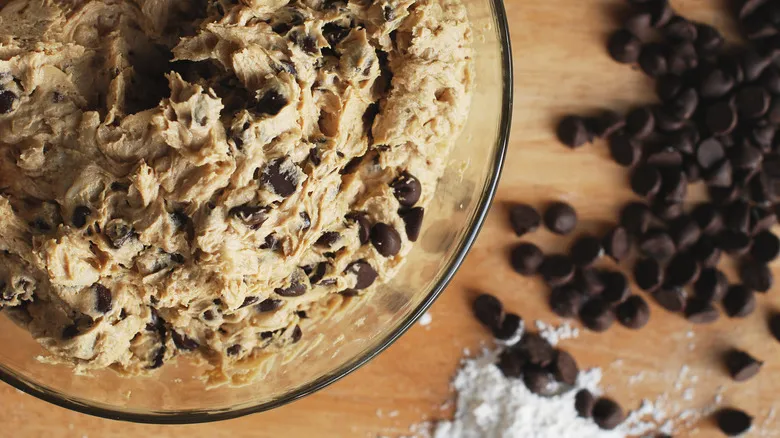Flour risks (and safety)
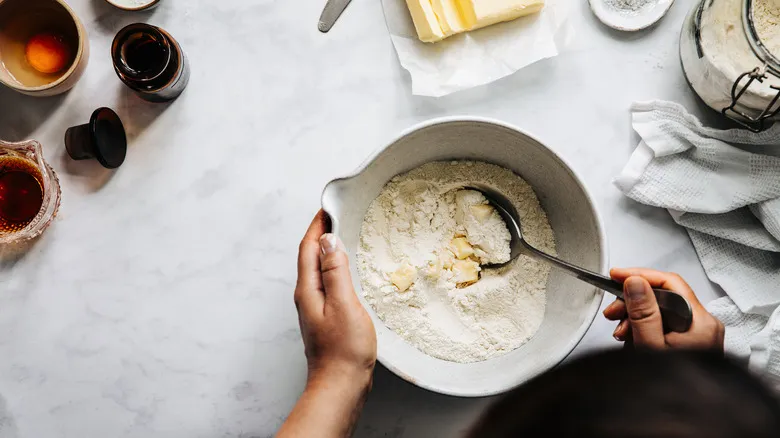
While raw eggs are widely recognized as a source of foodborne illnesses, raw flour is also unsafe for consumption. The two main bacteria that can contaminate flour are E. coli and Salmonella, both of which can lead to illnesses that range from mild to severe. Young children, the elderly, individuals with weakened immune systems, and pregnant women are particularly vulnerable to serious health issues from consuming raw flour.
For this reason, it is essential to follow safe cooking practices when handling raw flour. This goes beyond merely tasting your dough before baking. Maintaining strict hygiene is crucial when working with flour. This includes washing your hands after handling dough and raw flour, cleaning surfaces that have come into contact with flour, and thoroughly washing any utensils and bowls that may have been contaminated.
Moreover, it is important to stay informed about product recalls. You should discard any flour that has been recalled due to bacterial contamination. This is especially critical because flour has a long shelf life, and recalled products may still be in your pantry. Although cooking flour typically eliminates any contaminants, it is still advisable to dispose of any items affected by recalls. You can check the USDA website for information on potential food recalls, including those for flour and eggs.
Making a safer dough
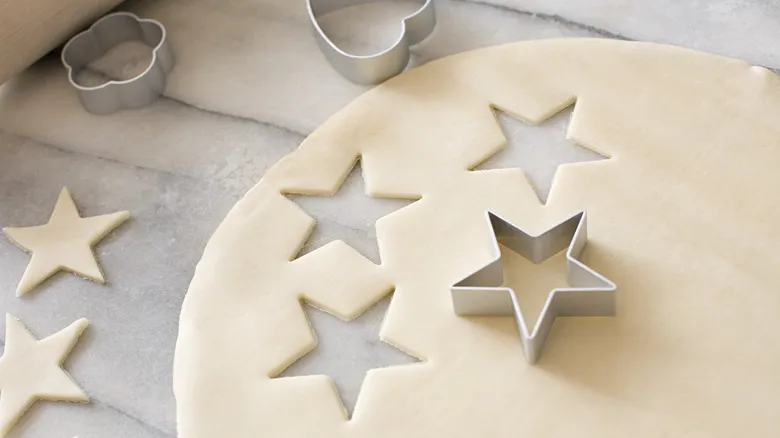
This doesn't mean you can't indulge in a scoop of safely prepared cookie dough. There are several simple recipes for edible cookie dough that are free from food safety concerns. Just be sure to omit the eggs from your recipe. Additionally, it's important to heat your flour before adding it to the dough to prevent contamination.
To do this, spread the flour in a thin layer on a baking sheet and place it in an oven preheated to 300 degrees Fahrenheit. Heat the flour until it reaches 160 degrees Fahrenheit before consuming. Alternatively, you can use the microwave method to make raw flour safe to eat. Heat it in 30-second intervals, checking the temperature after each interval, and remove it once it reaches 160 degrees Fahrenheit. Be cautious not to overcook the flour, as it can burn if heated for too long or at too high a temperature.
If you prefer not to go through the process of heating your flour, you can also purchase ready-to-eat cookie dough. Just ensure that the packaging clearly states that it is safe to eat, as not all cookie dough products are automatically edible.
Recommended

The Rinsing Hack To Sort Out The Sweetest Blueberries In The Pack
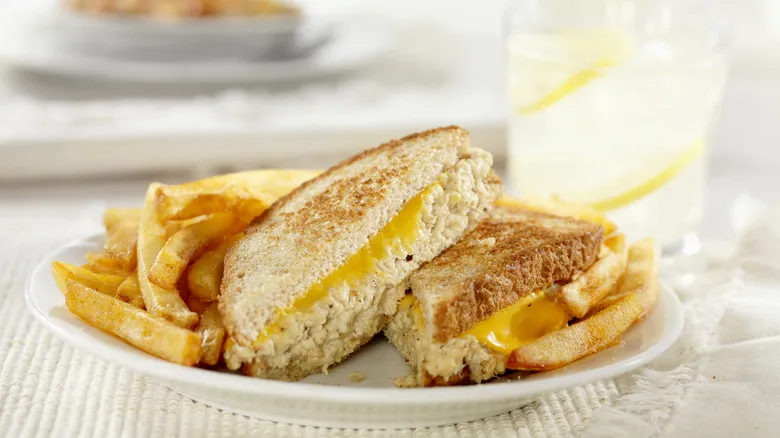
Make An Unforgettable Tuna Melt With An Easy Bread Swap
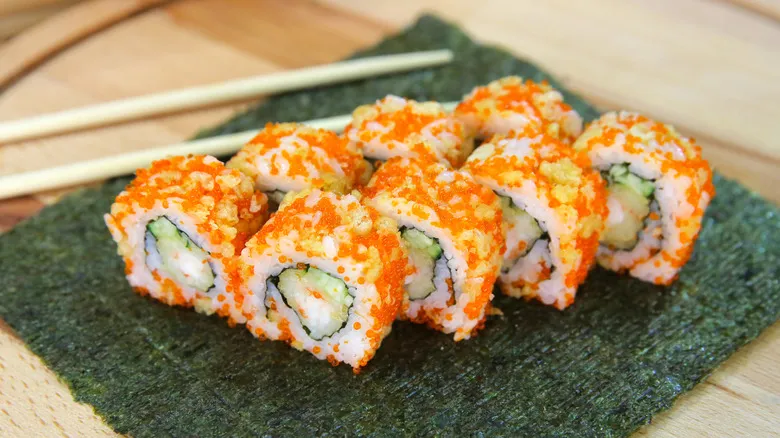
What To Do If You Find Roe While Cleaning Shrimp
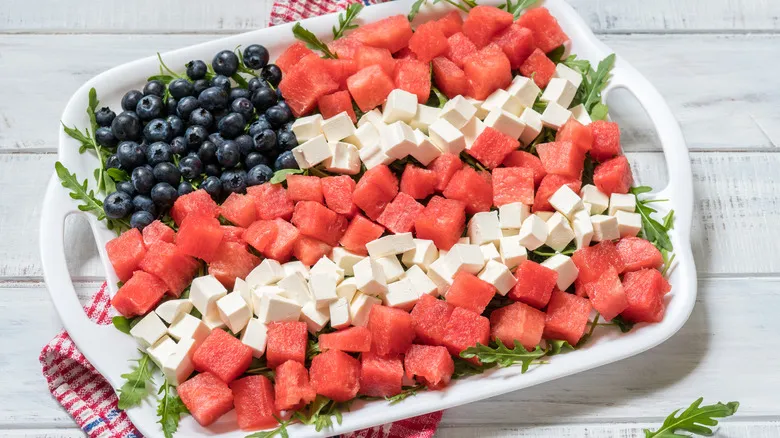
The 3-Ingredient Upgrade Your 4th Of July Fruit Salad Needs
Next up

